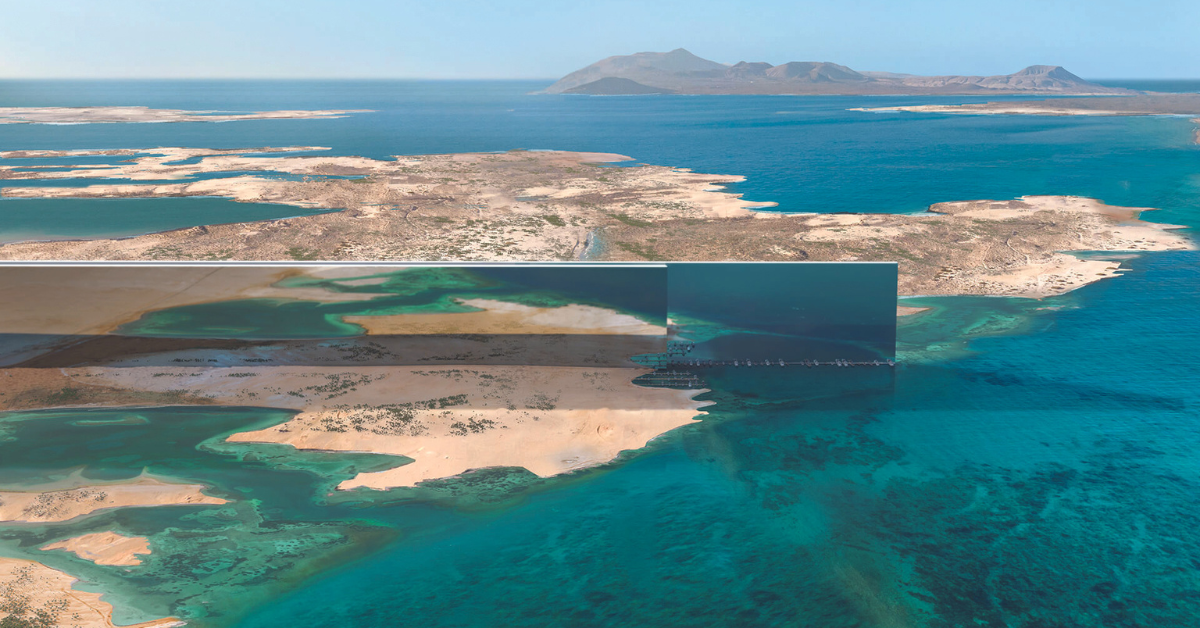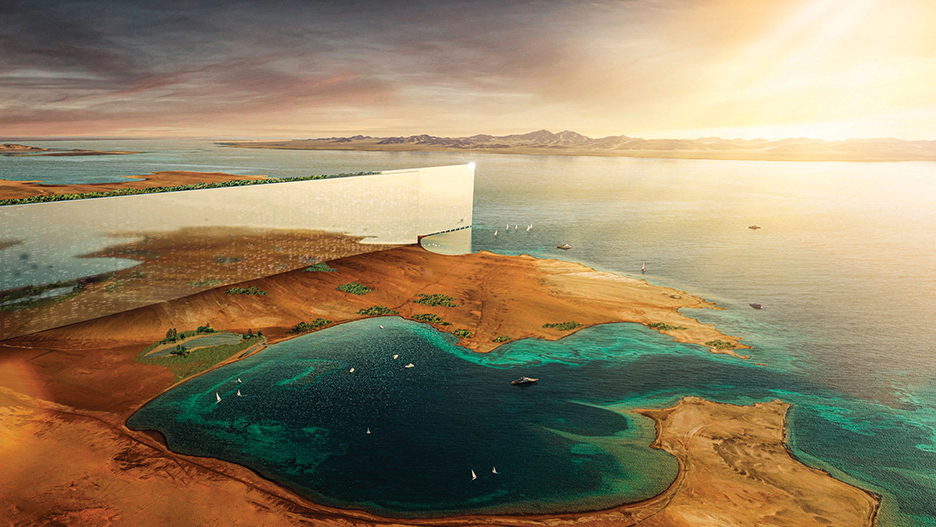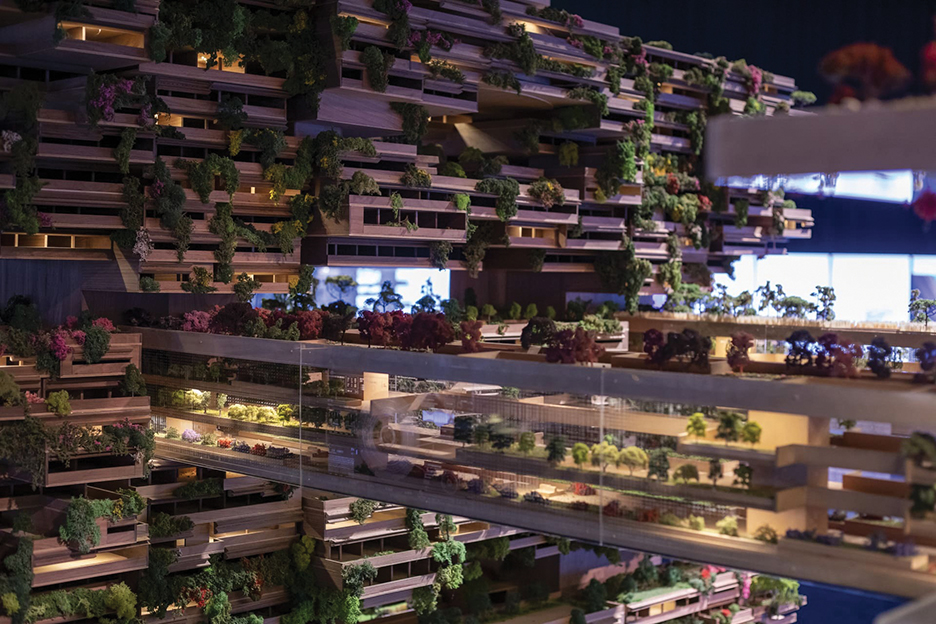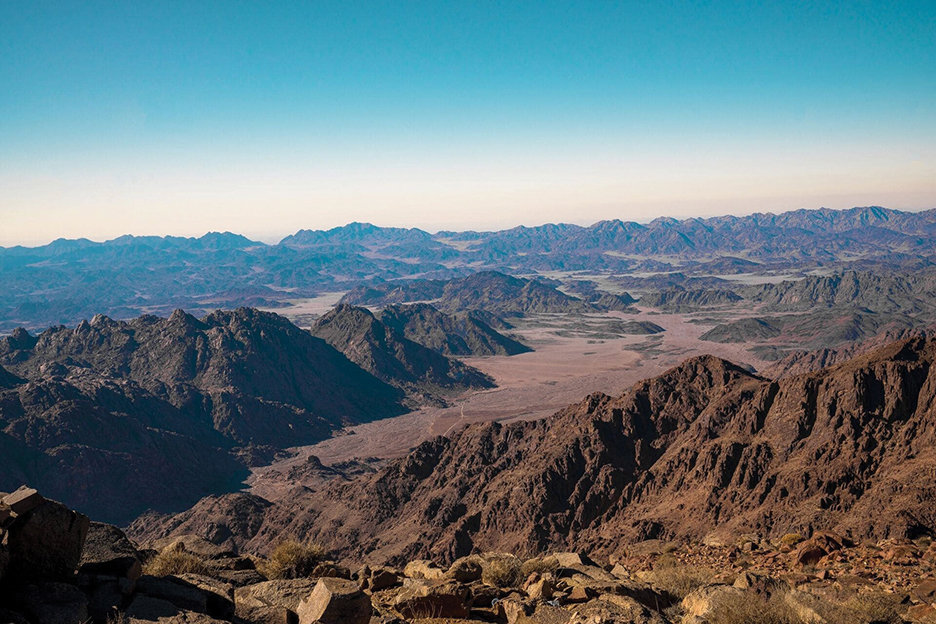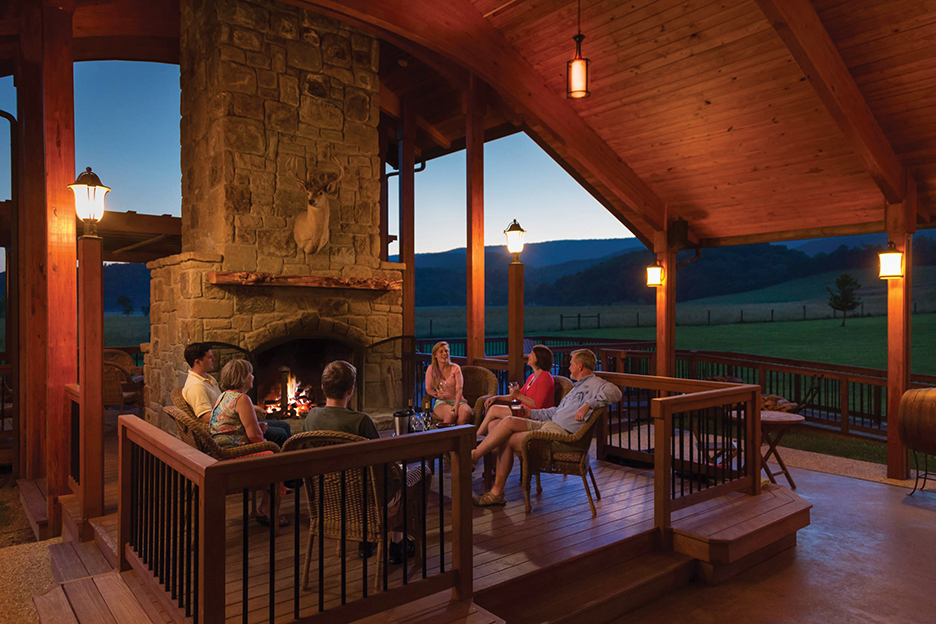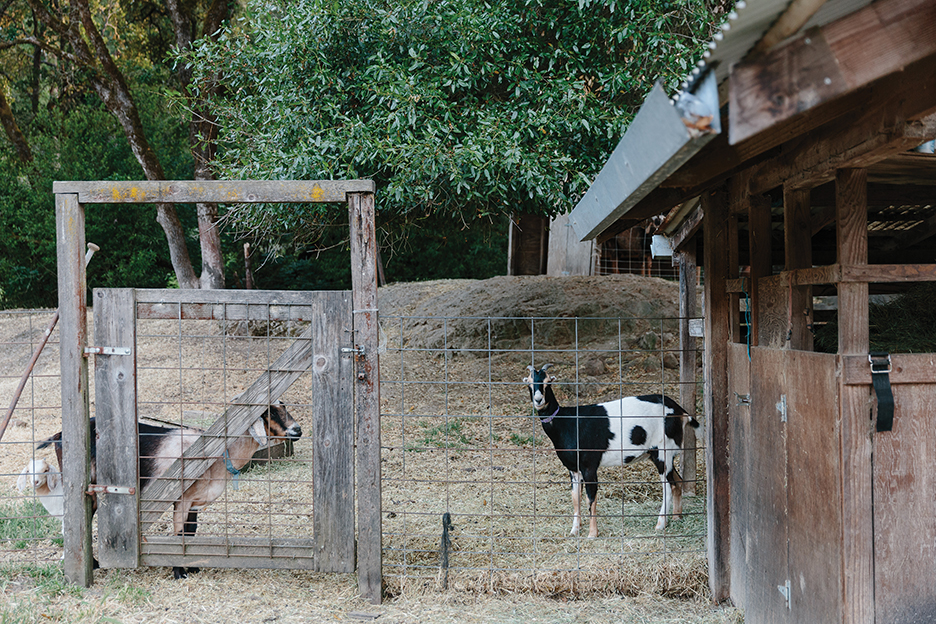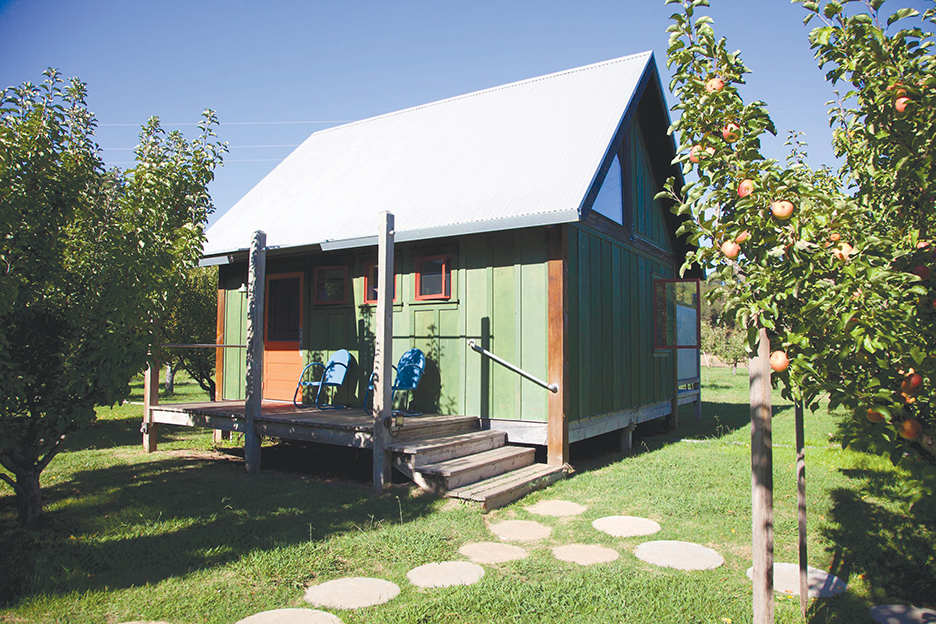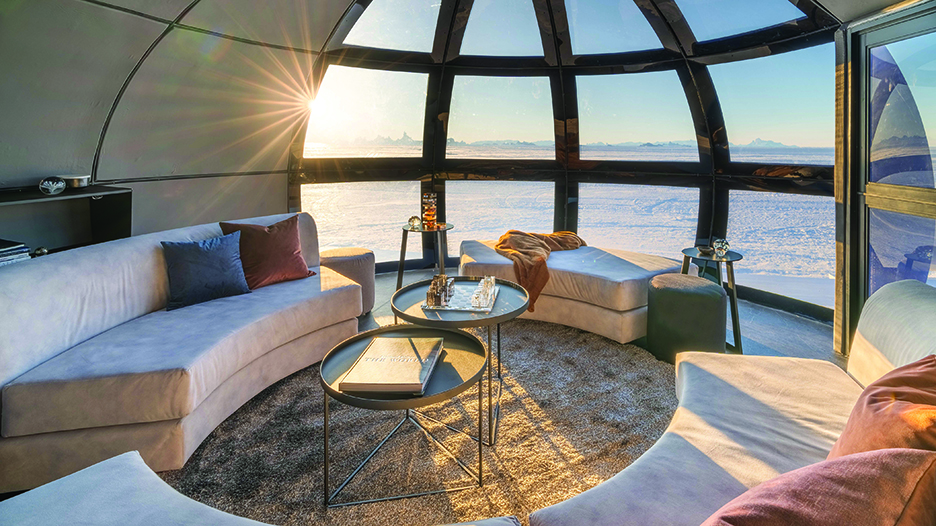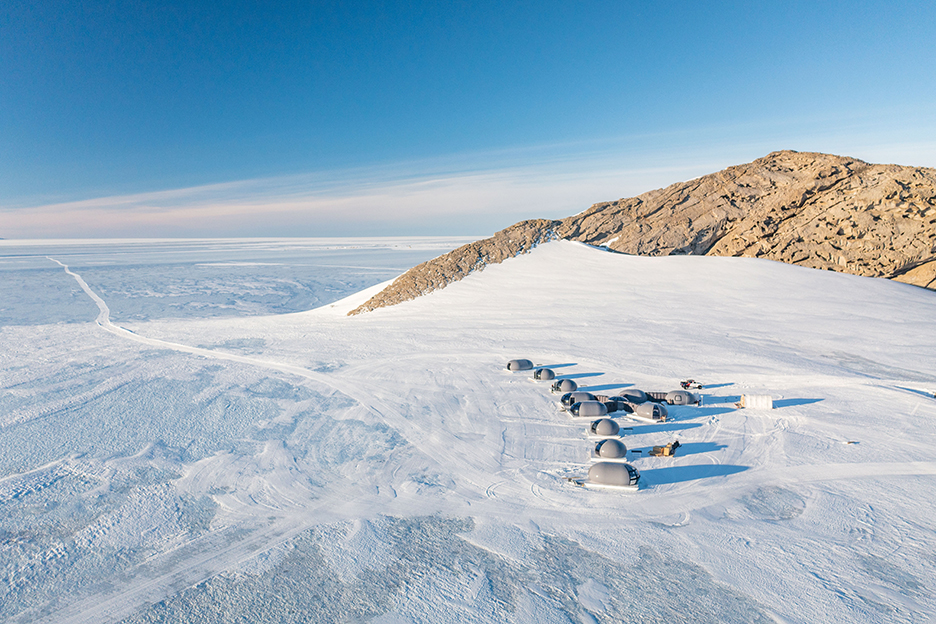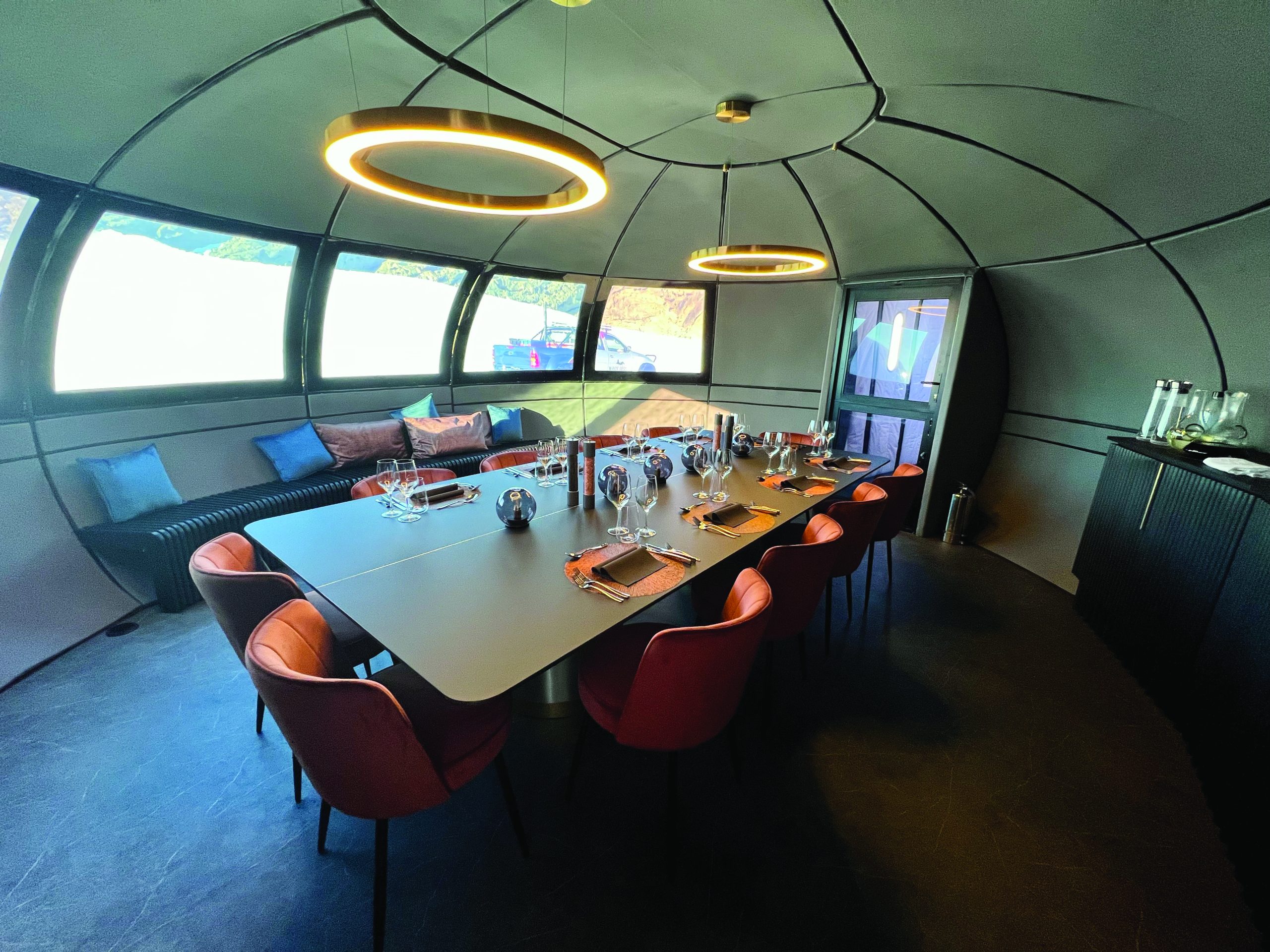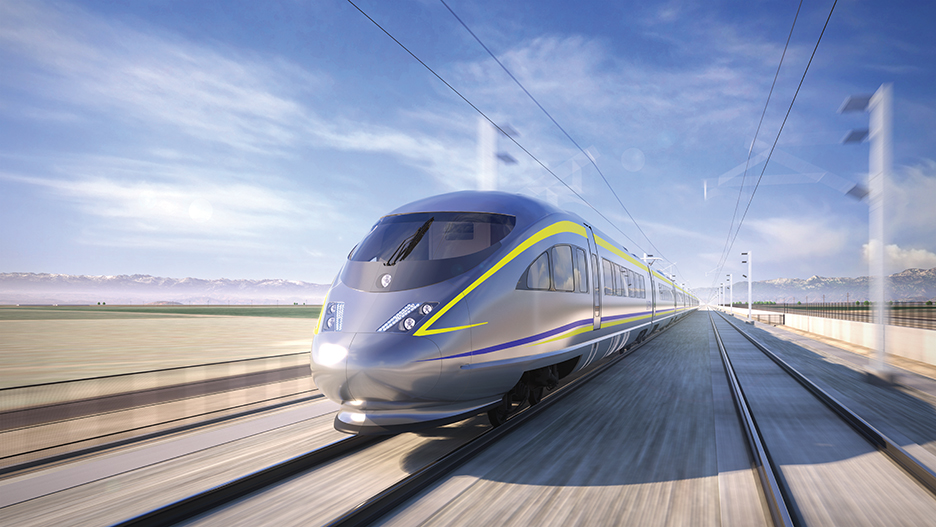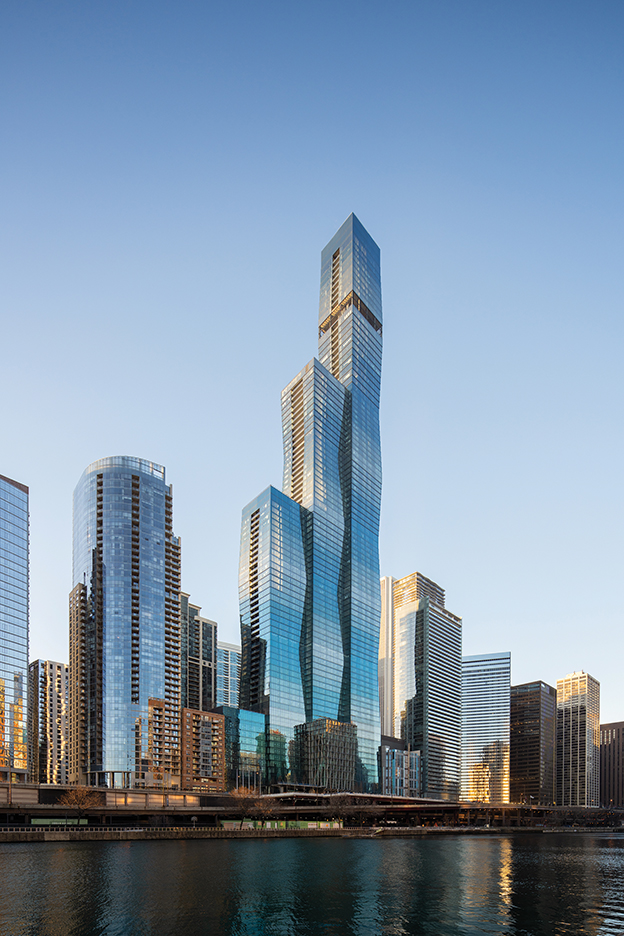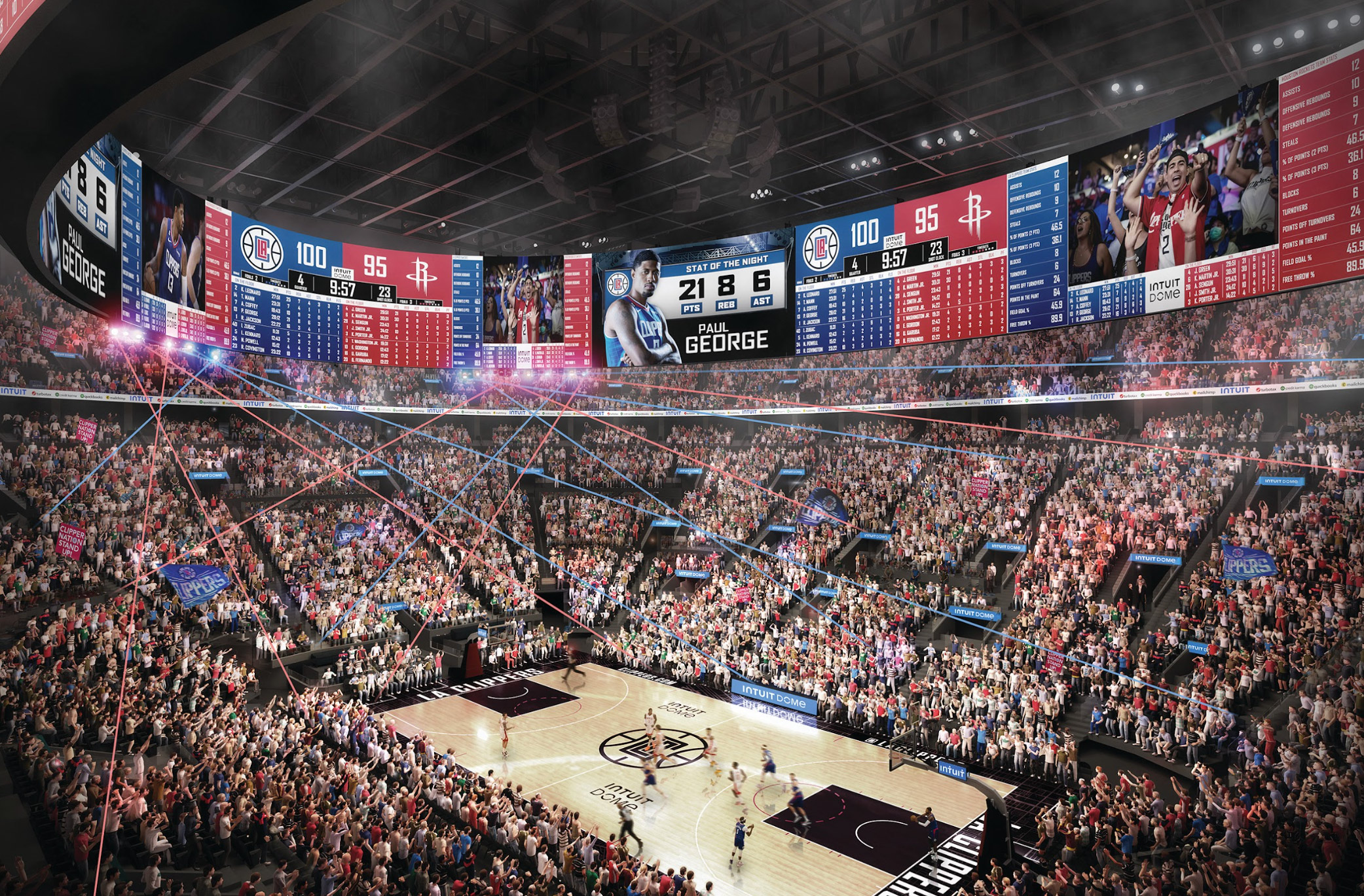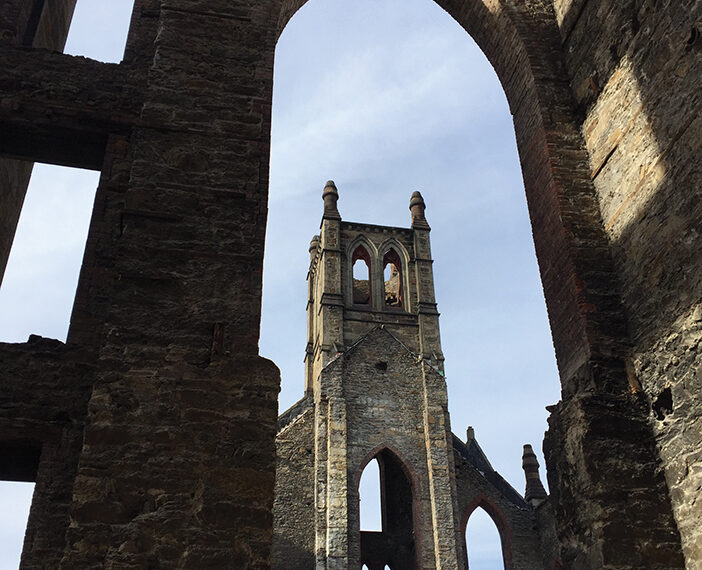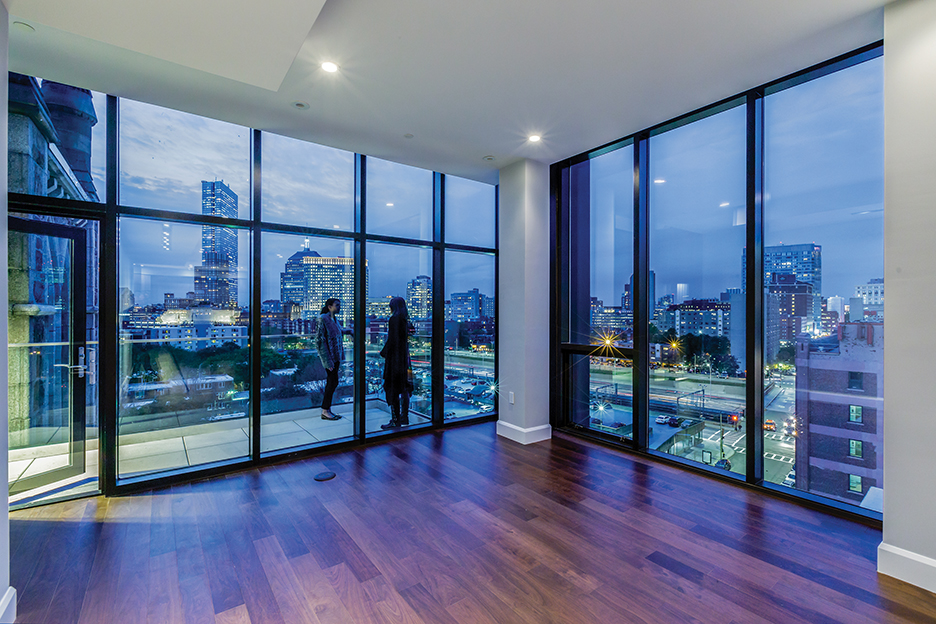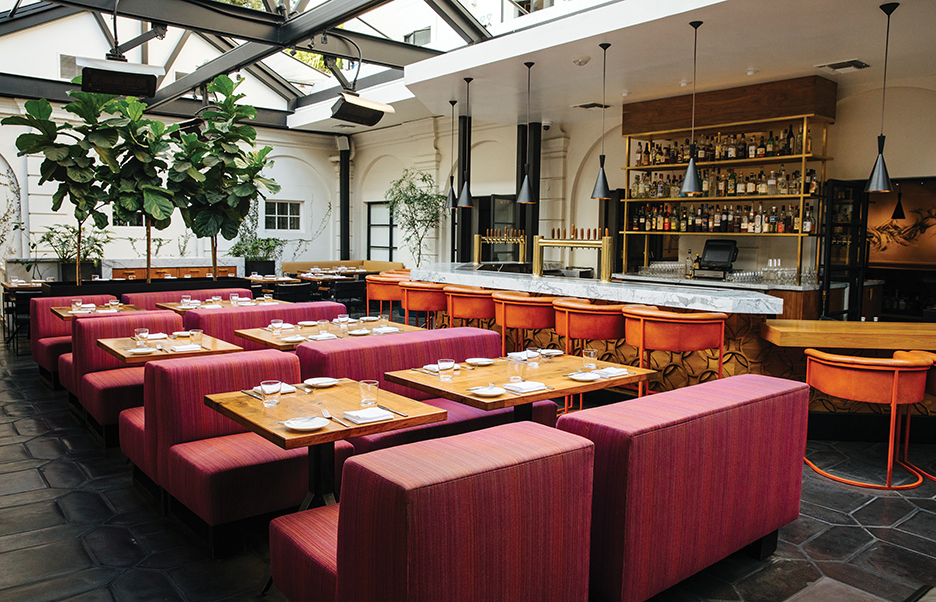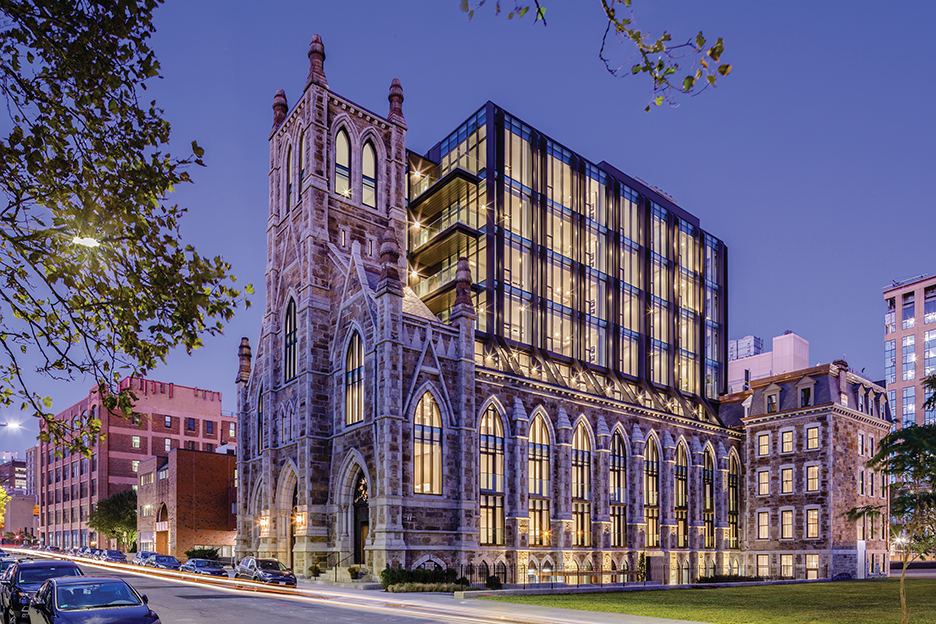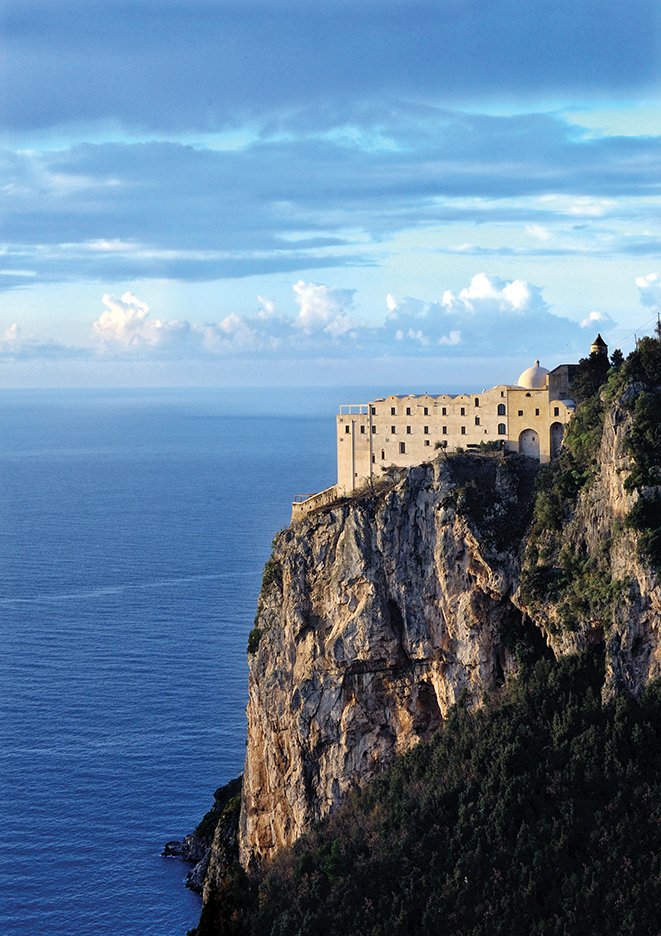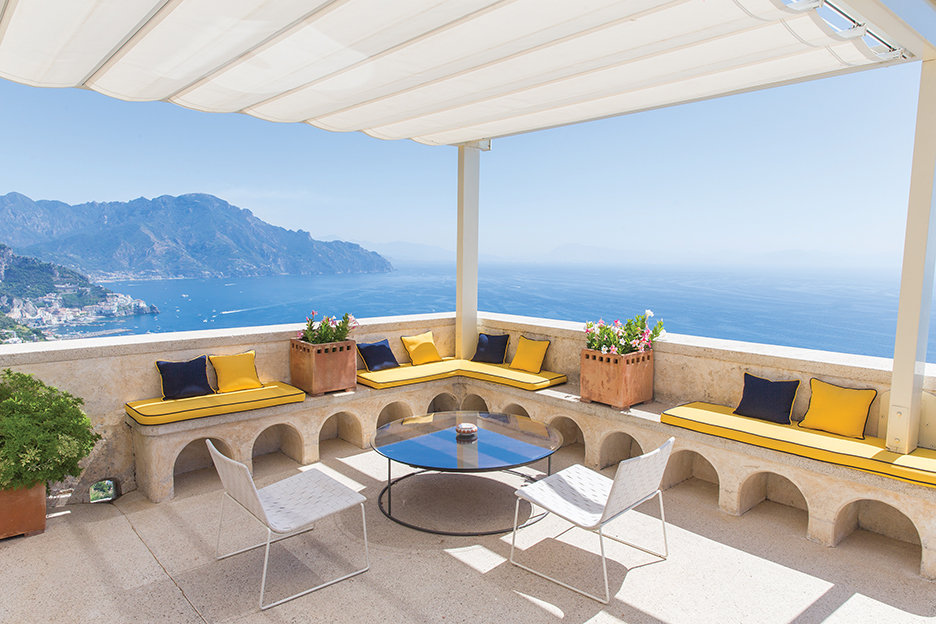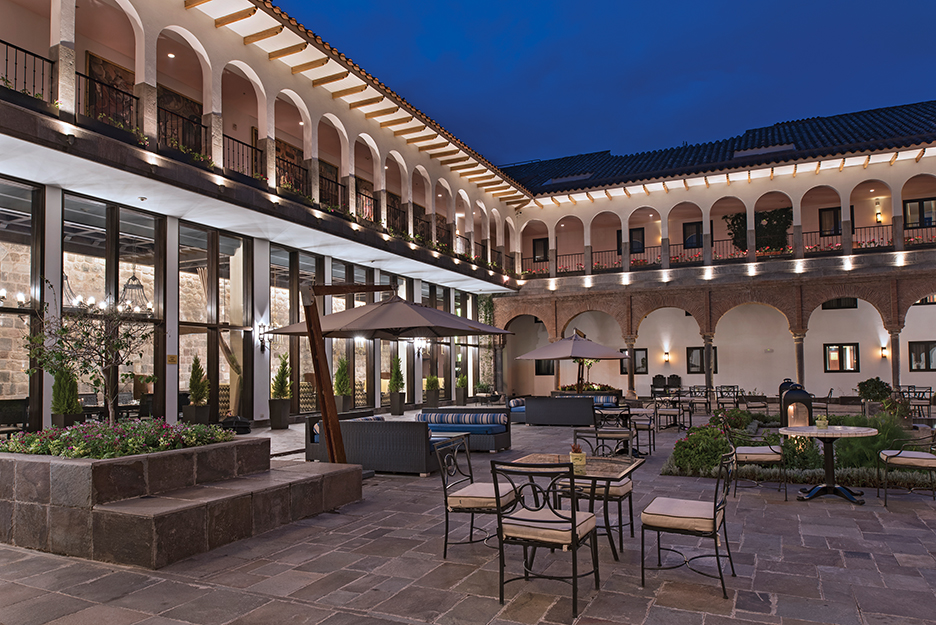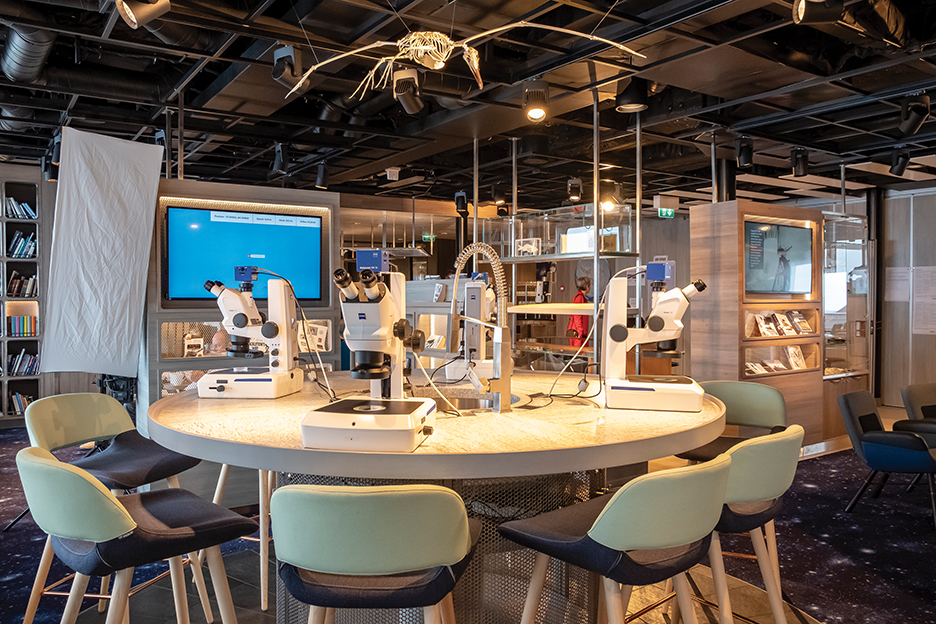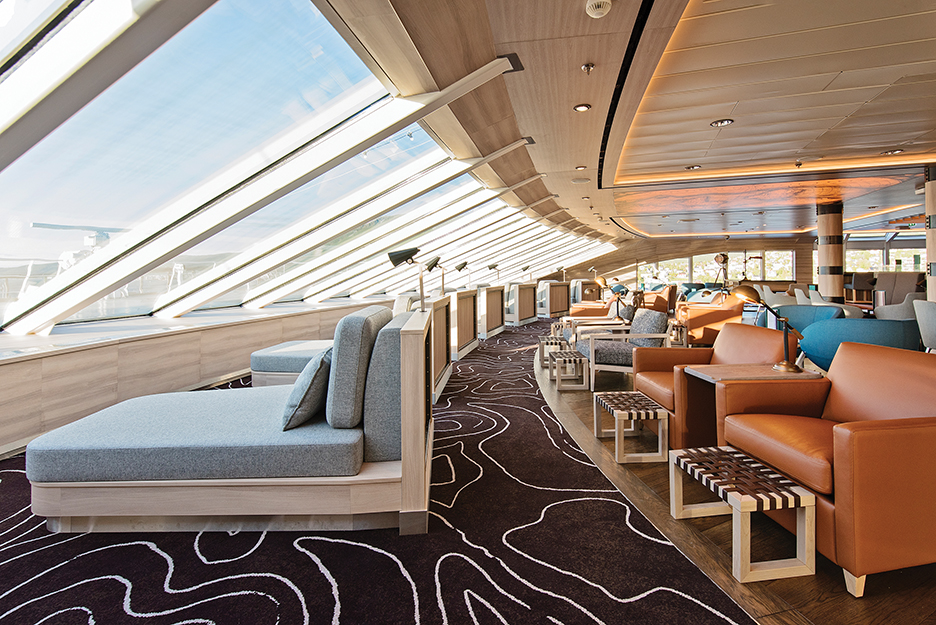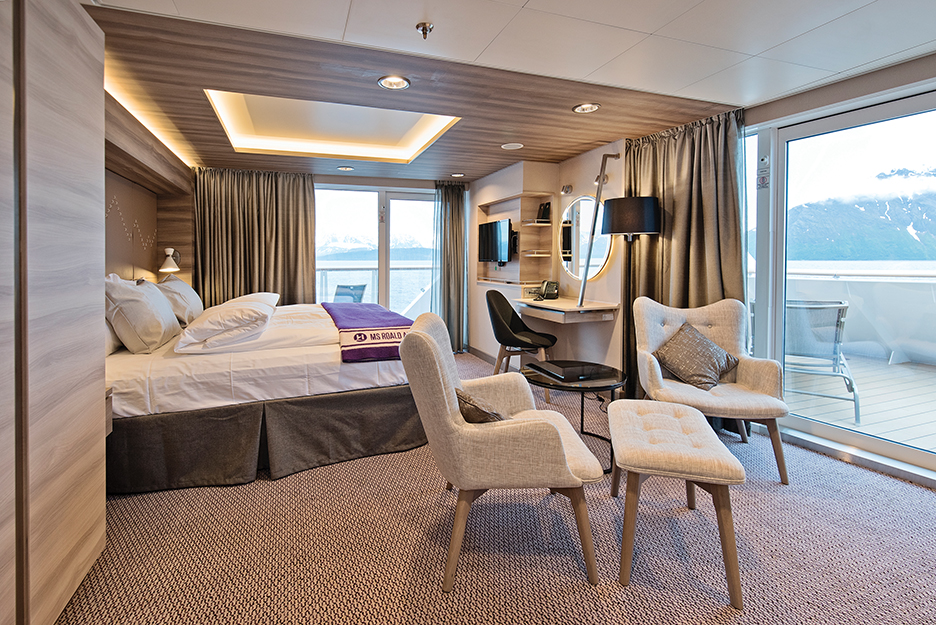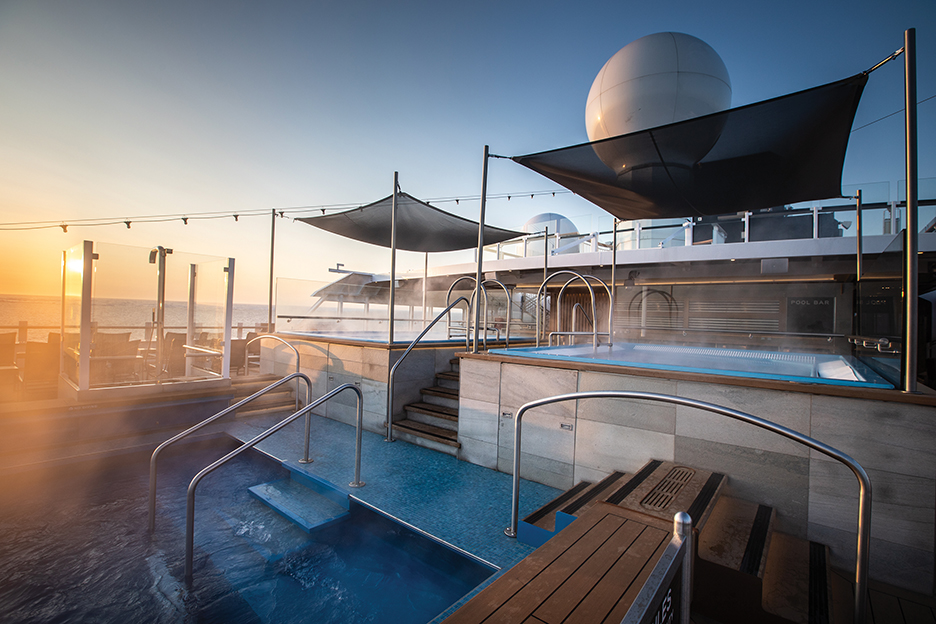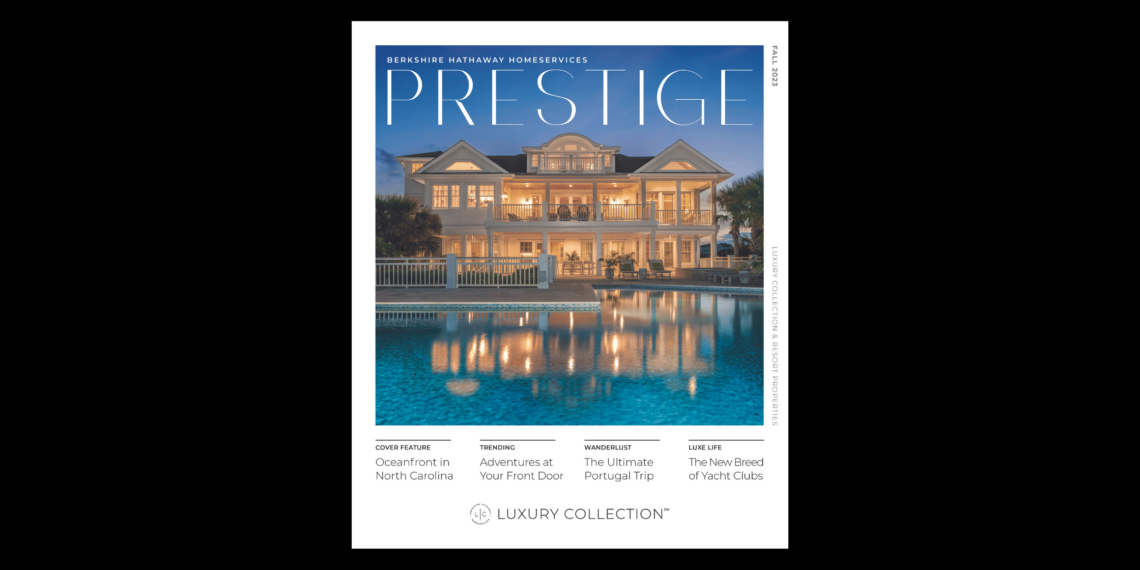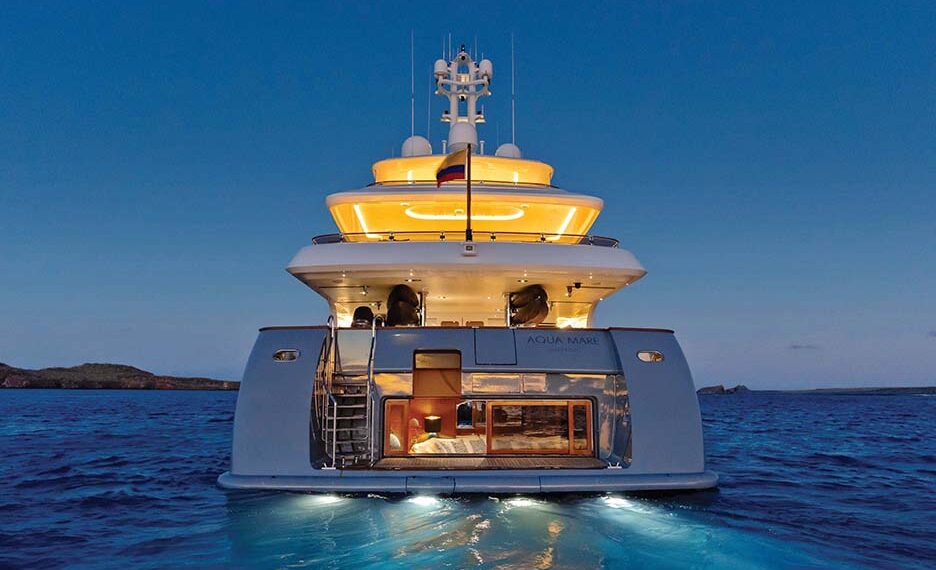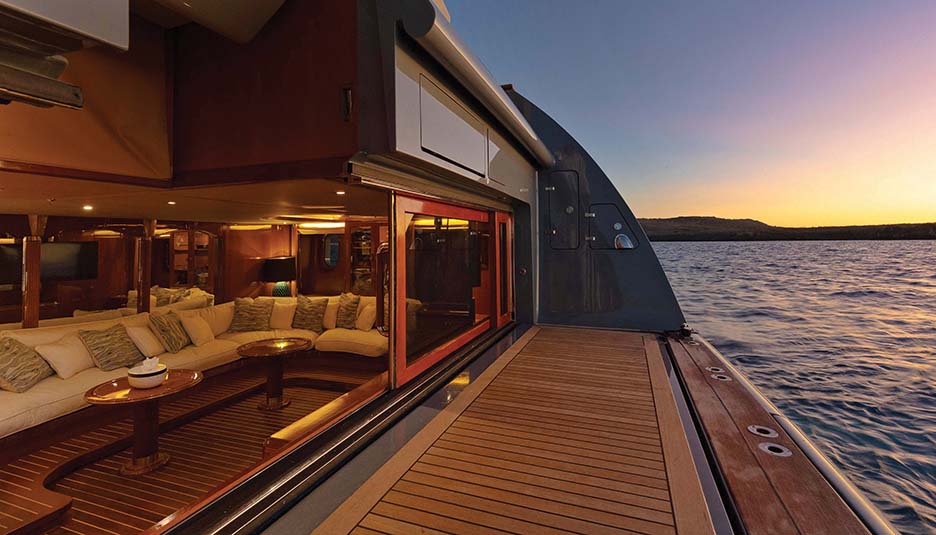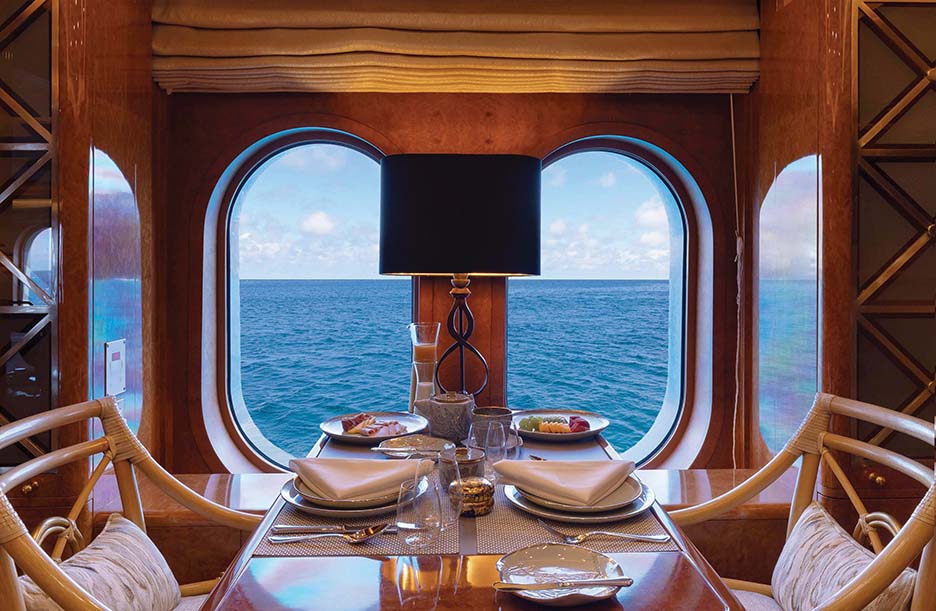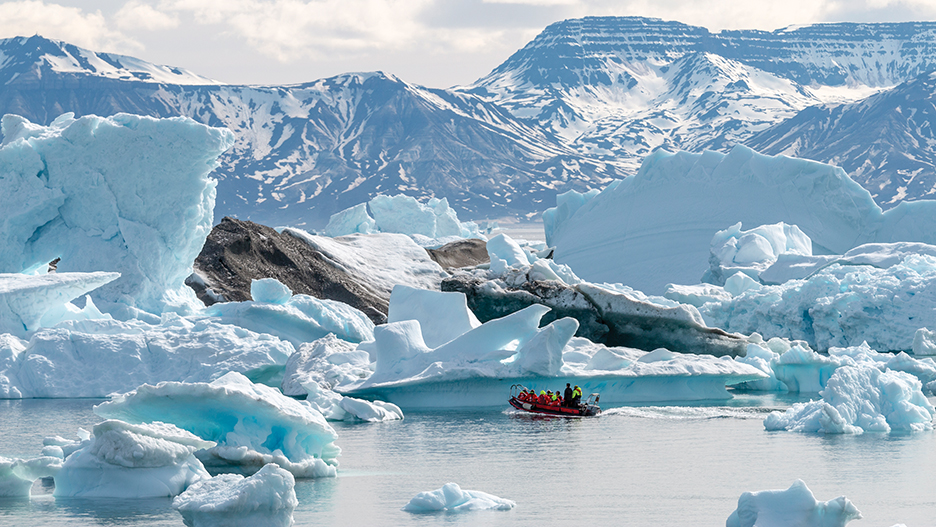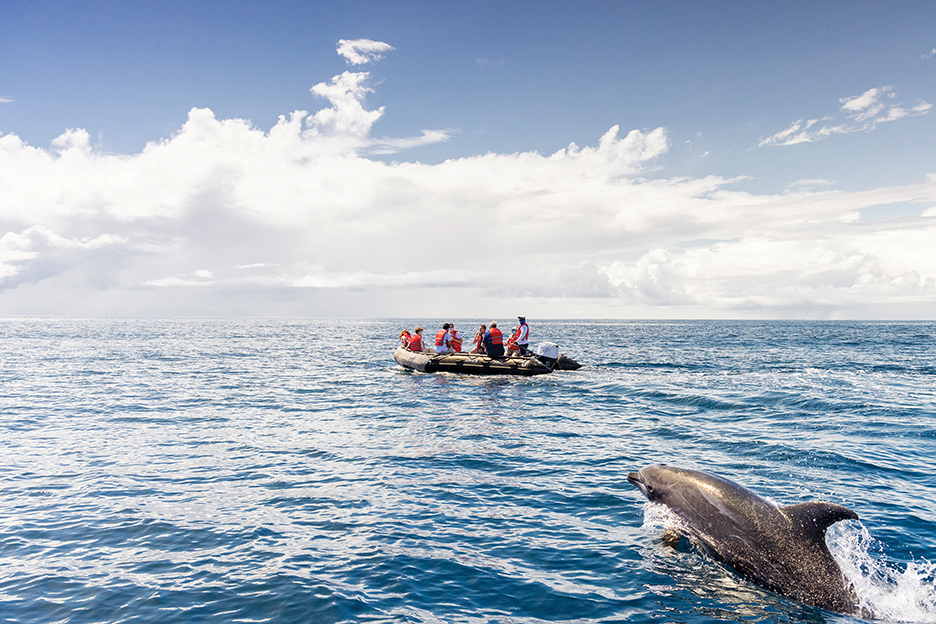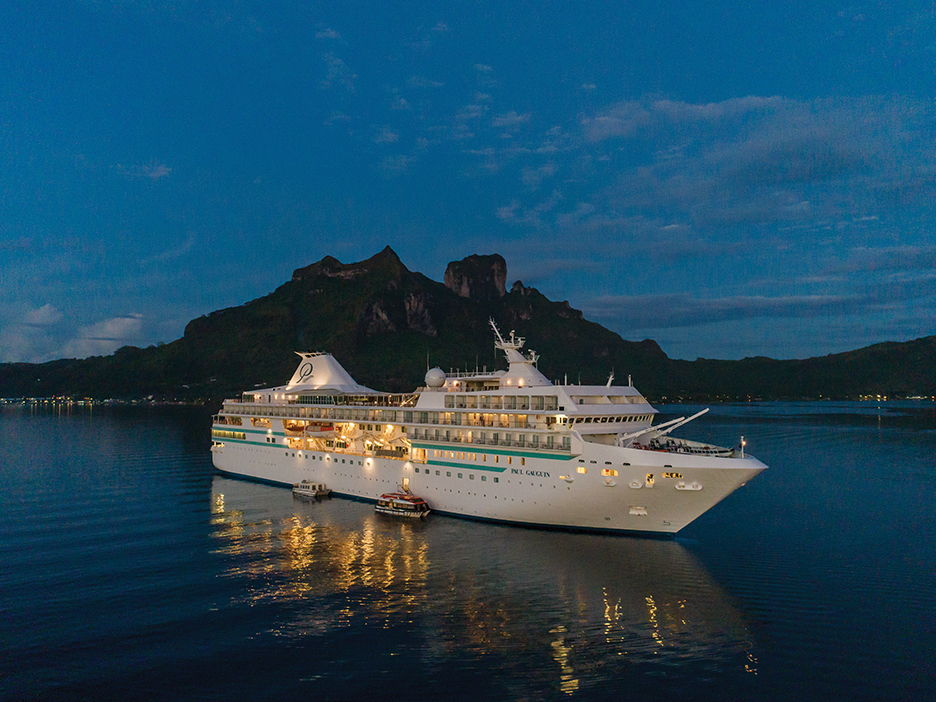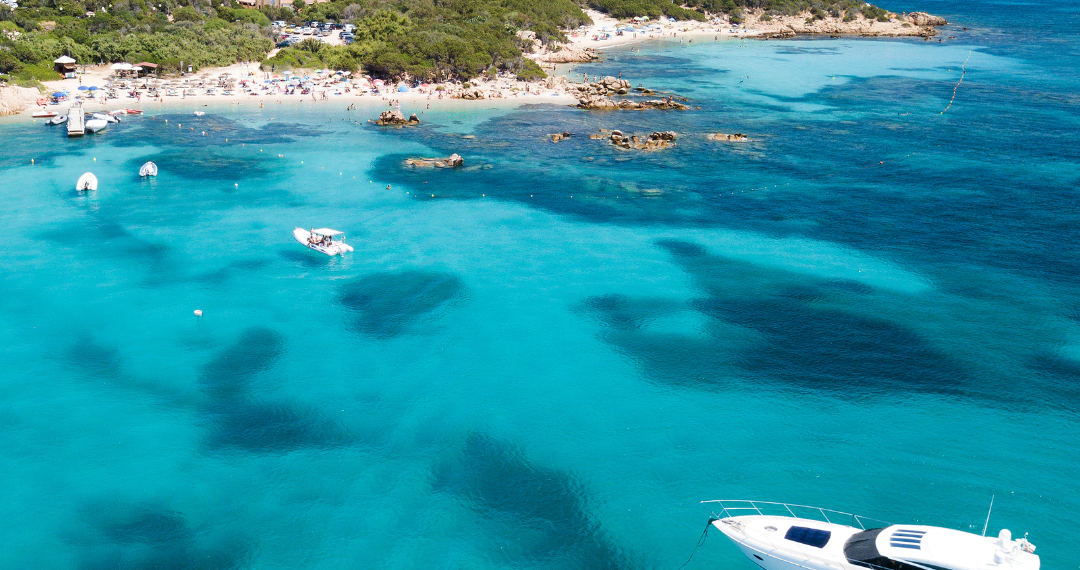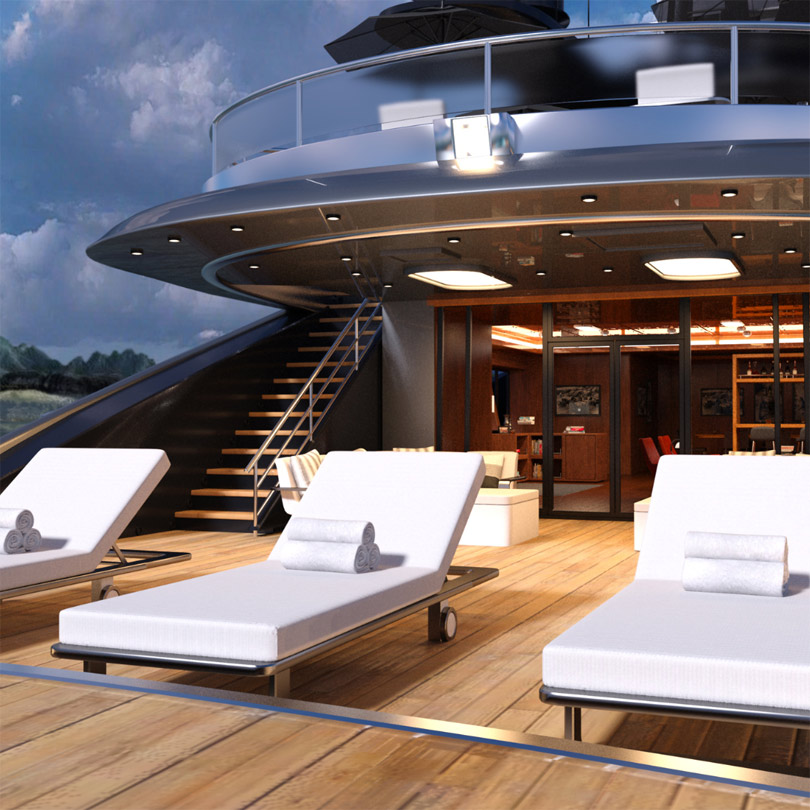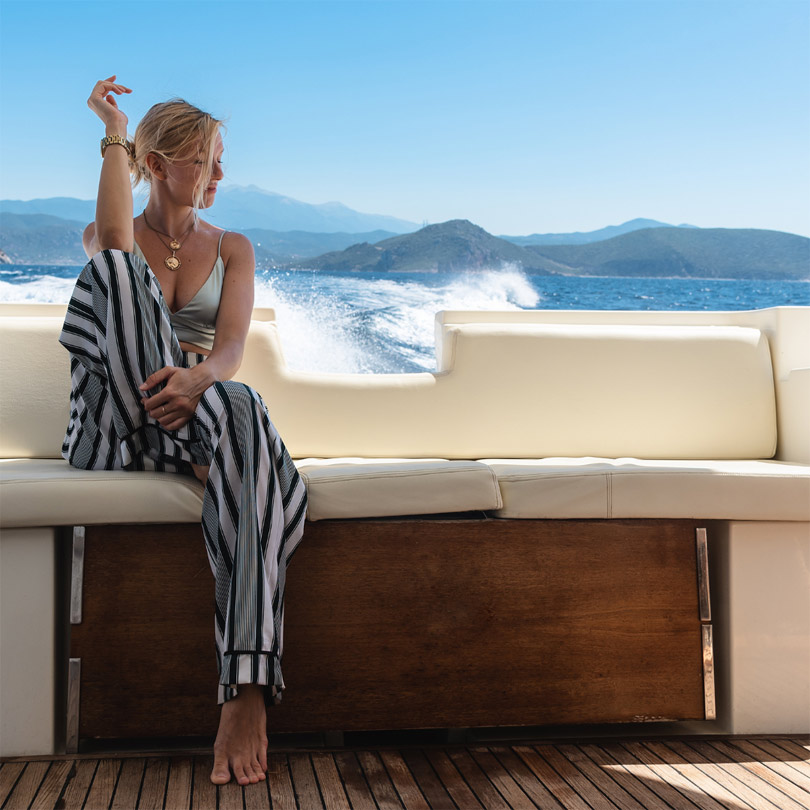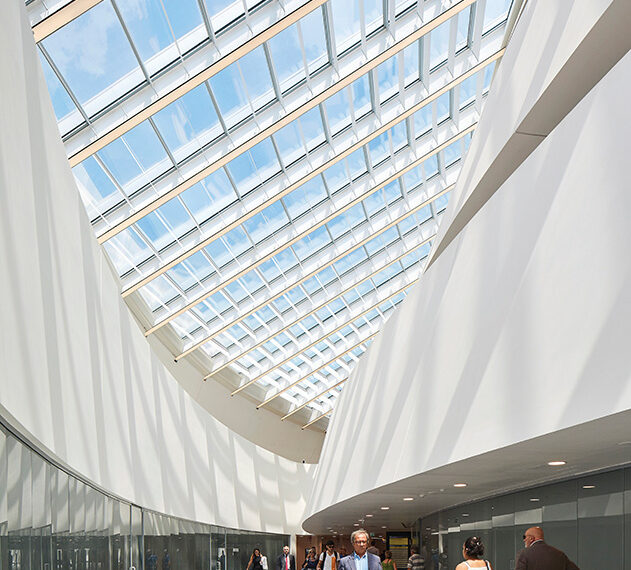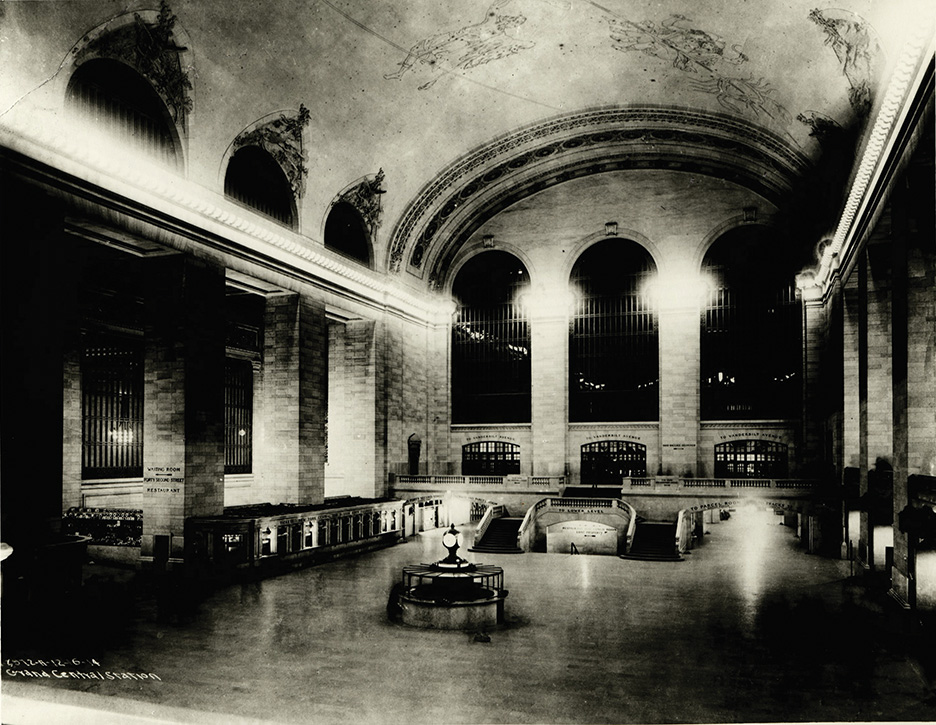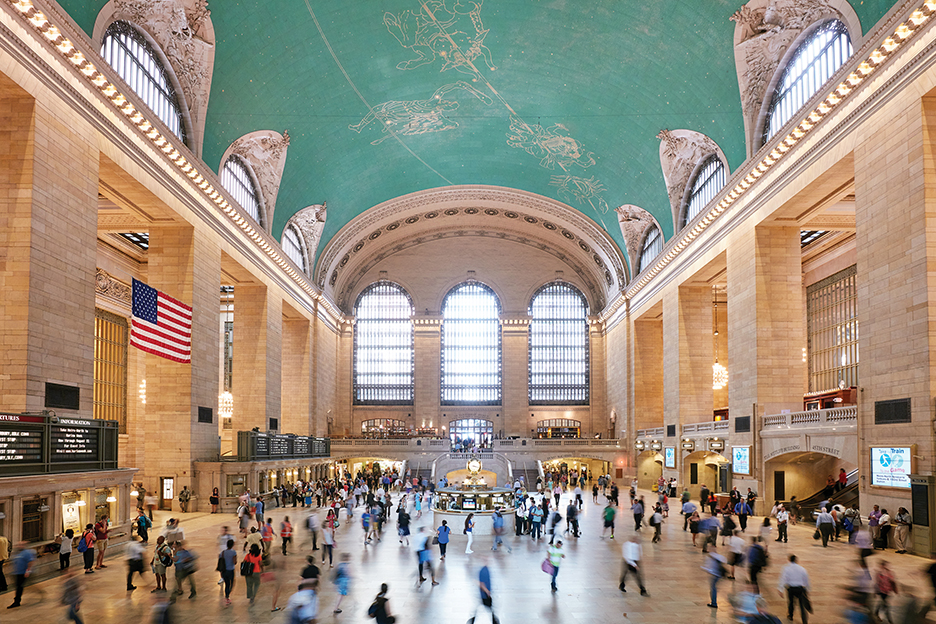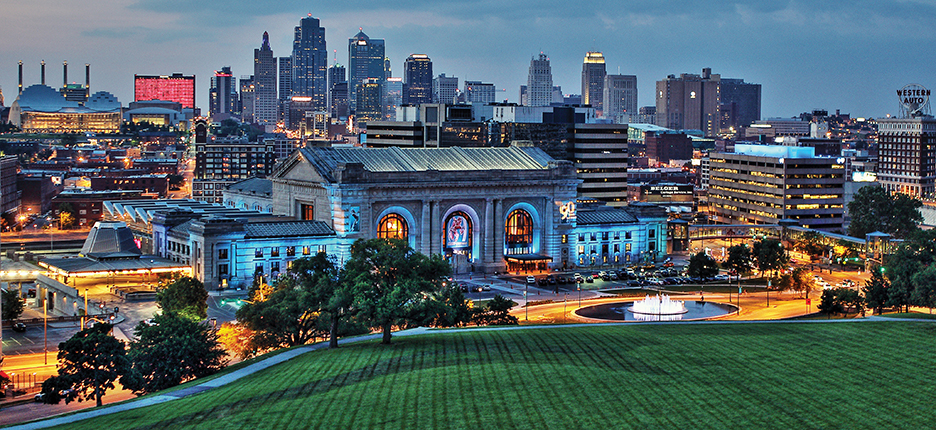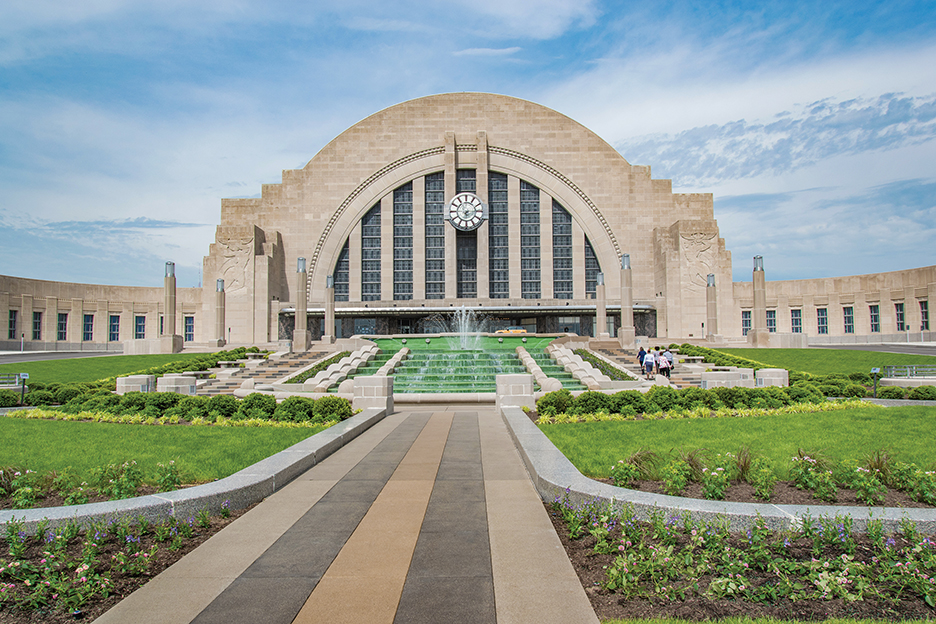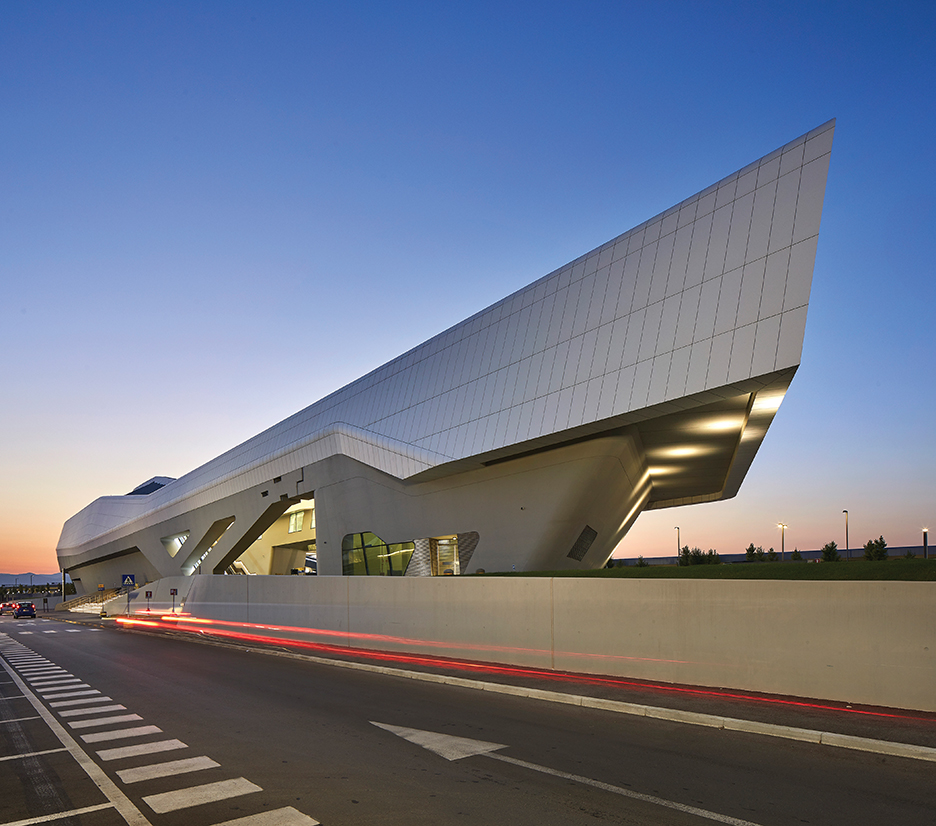A sleek reflective facade against the gorgeous Saudi Arabian landscape is only the beginning of this futurist urban development that could change city living forever.
THE LINE claims it will be a truly revolutionary metropolis that’s capable of housing 9 million people while only taking up a mere 34 square kilometers. Built with sustainability, new technology, and happier living in mind, this city would differ in more than just looks. Without roads or cars, there would be zero carbon emissions and the community would run on 100% renewable energy, meaning the structure would not only take up less physical space, but also have a significantly reduced environmental footprint.
This masterwork of design would address several of the challenges that cities present, such as lack of outdoor space, overcrowding, and congested traffic, and offer a more comfortable alternative. By dramatically changing urban planning, project leaders hope to put people first, which would alter the way civilization functions as a whole. The vertically layered communities would challenge the traditional flat, horizontal designs and create a model for nature preservation and enhanced livability, according to team members working on the new city.
Still a sprawling metropolis, THE LINE would only be 200 meters wide and 170 kilometers long. However, everything residents need to live, work, and play will be easily within reach. NEOM, the company responsible for THE LINE, is working to address some of the confines and struggles of city living, as well as the environmental effects of a sprawling metropolis.
With imaginative projects and ideas, the city would limit pollution and encourage a happier way of life. For example, a short five-minute walk would meet everyday needs, while an end-to- end trip of THE LINE would take only 20 minutes. A high-speed rail service would also reduce wait times, commutes, and carbon emissions, already eliminating some of the significant difficulties of city life. The secret to this vertical design is the three-dimensional neighborhoods that are compact and walkable.
NEOM is made up of talented architects, engineers, and construction experts that
are pushing boundaries to make the idea of building upward a reality that makes sense, according to project organizers. Project engineers and architects carefully chose the location for THE LINE, which plans to have unforgettable views and a year-round moderate climate that would also encourage a stronger connection to nature. In addition, THE LINE would thrive in the heart of influential trade routes and a staggering 40 percent of the world is accessible from this point within six hours or less, making it a travel hub for residents and tourists alike.
THE LINE is just one of the projects that NEOM would build to revolutionize the idea of sustainable living. NEOM is 26,500 square kilometers of space in northwest Saudi Arabia across four distinct regions from the coastline to the mountains. The unique location would house four ambitious projects, two cities — THE LINE and Oxagon — and two destinations. Sindalah would be the beautiful island destination, while Trojena is planned to reside among the mountains. These revolutionary projects would utilize the most advanced technology while furthering sustainable practices. Oxagon, for example, would be a marriage of living and innovation where people can come to build, develop, and grow new companies, products, and services. According to the leaders of the economic engine, NEOM will be a place for people near and far to make their impression on the world in creative and innovative ways, and THE LINE only marks the beginning.


